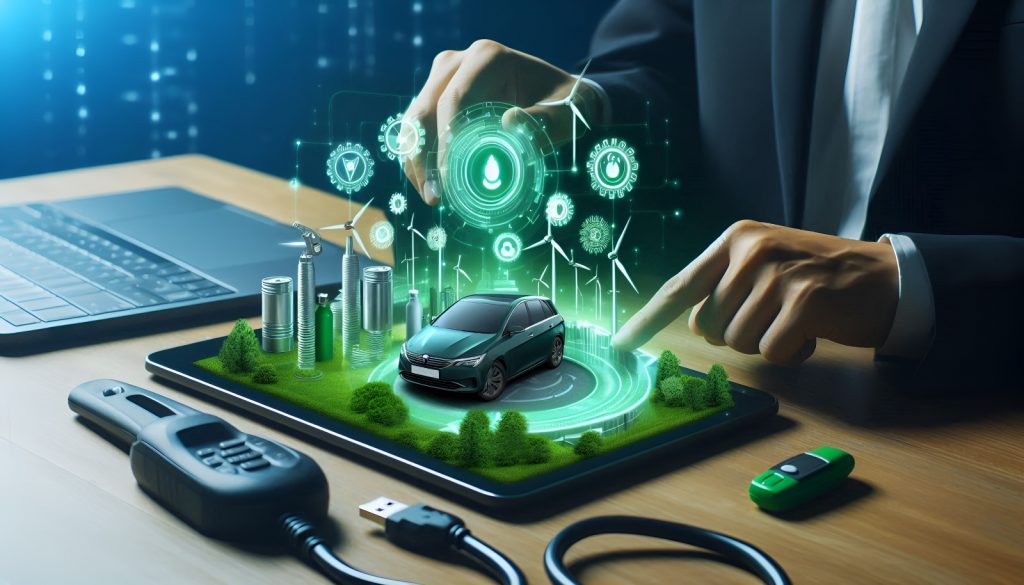Author – Vivek Khandelwal, Head Treasury, Ecofy
Earlier in 2025, the Reserve Bank of India reduced the repo rate by a cumulative 100 basis points – most recently a 50 basis point cut in June – bringing the repo down to 5.5%. The CRR will also be reduced in phases – now standing at 3.50% post a 50 bps reduction and another 50 bps shall be reduced by end November. The RBI has since paused repo cuts, keeping the policy rate steady at 5.5% through October as it continues to monitor growth and inflation.
The cumulative repo rate cuts through June 2025 were 100 basis points so far for the year, signalling the central bank’s strong commitment to reviving demand. While the transmission to retail borrowers typically comes with a lag, industry insiders note that financial institutions have begun passing on the benefits, with the full impact expected to be felt during the critical festive season that follows the monsoon.
This timing matters. India is standing at the intersection of environmental necessity and economic opportunity, where improving affordability could unlock a wider consumer base for EVs. More affordable financing options will not only help mainstream buyers but could be the tipping point for “on-the-fringe” prospects or those consumers previously hesitant to opt for an EV; thereby, nudging them towards a “borrow-and-buy” decision.
Policy as a Catalyst for EV Affordability
The RBI’s aggressive monetary stance reflects more than just routine action. It underscores a strategic push to stimulate consumption and revive investment. In the automotive sector, where a large percentage of vehicle sales are credit-financed, the impact of reduced borrowing costs is immediate and substantial.
The Reserve Bank of India announced a phased reduction of the Cash Reserve Ratio (CRR) by 100 basis points, to be implemented in four tranches of 25 basis points each, starting with the fortnight beginning September 6, 2025. This calibrated move is expected to release about ₹2.5 lakh crore of durable liquidity into the banking system by the end of November 2025. The increased liquidity provides banks and lenders greater capacity to expand credit portfolios, particularly for vehicle financing. This improved liquidity is likely to exert downward pressure on loan interest rates, enhancing credit accessibility for electric two-wheelers and budget EV segments where upfront cost sensitivity is a critical factor.
Furthermore, the benefits of cheaper financing extend far beyond individual consumers. The EV ecosystem, from OEMs to component suppliers to charging infrastructure firms, is capital intensive. Lower rates mean reduced capital costs, enabling players across the supply chain to invest in scale, pass on cost efficiencies, and ultimately, lower the price of EVs themselves.
In effect, the rate cut isn’t just a win for consumers. It’s a system-wide cost correction that can improve both the supply and demand sides of the EV equation.
Market Sentiment and Sectoral Readiness
Automakers and financiers have welcomed the RBI’s move with cautious optimism. According to the Federation of Automobile Dealers Associations (FADA), overall vehicle retail sales in September 2025 grew by 5.22% year-on-year, with two-wheelers, passenger vehicles, and commercial vehicles posting gains of 6.5%, 5.8%, and 2.6% respectively. The Navratri festival period drove an unprecedented 34% surge in auto sales. Inventory levels for passenger vehicles rose to about 60 days, indicating strong festive season readiness. These trends suggest the industry is well-positioned to capitalize on improved financing conditions.
As consumer financing becomes more competitive, banks and NBFCs may begin developing specialized loan products tailored to EVs which includes offering longer tenures, bundled insurance, or charging infrastructure support. These innovations will be crucial to nudging first-time buyers and commercial fleet operators toward electrification.
The implications are also significant for commercial users. With lower borrowing costs, logistics companies, last-mile delivery operators, and fleet aggregators may find EV adoption far more feasible. Their visible transition could, in turn, influence retail consumers through demonstration effects; especially in urban centers where EV visibility is closely tied to perception.
Infrastructure and Investment Acceleration
EVs are only as viable as the ecosystem that supports them. The RBI’s rate cuts ease the capital intensity required to build that ecosystem. Charging stations, battery-swapping infrastructure, service networks, and local manufacturing units all require substantial upfront investment. With cheaper capital now more accessible, these ventures are more likely to achieve financial closure and expand.
This also supports the “Make in India” push for EV components and batteries, reducing import dependencies and localizing supply chains. Lower interest rates may encourage suppliers to expand capacity or enter the market, improving economies of scale and further reducing the cost of production.
Looking Ahead: The Road to EV Scale
Industry leaders anticipate strong growth momentum for FY 2025-26, fuelled by improved macroeconomic fundamentals and shifting consumer preferences. RBI’s actions could play a pivotal role in shaping this trajectory, especially for the EV segment, where affordability, financing innovation, and consumer education remain central challenges.
Of course, interest rate cuts alone won’t resolve all sectoral headwinds. Global supply chain issues, rare-earth material shortages, and geopolitical volatility continue to exert pressure on input costs and delivery timelines. Yet, by reducing financing friction, the RBI’s policy moves have created a strong foundation for EV market expansion. But for now, one thing is clear: the contours of India’s EV financing landscape are shifting and the momentum, finally, appears electric.

